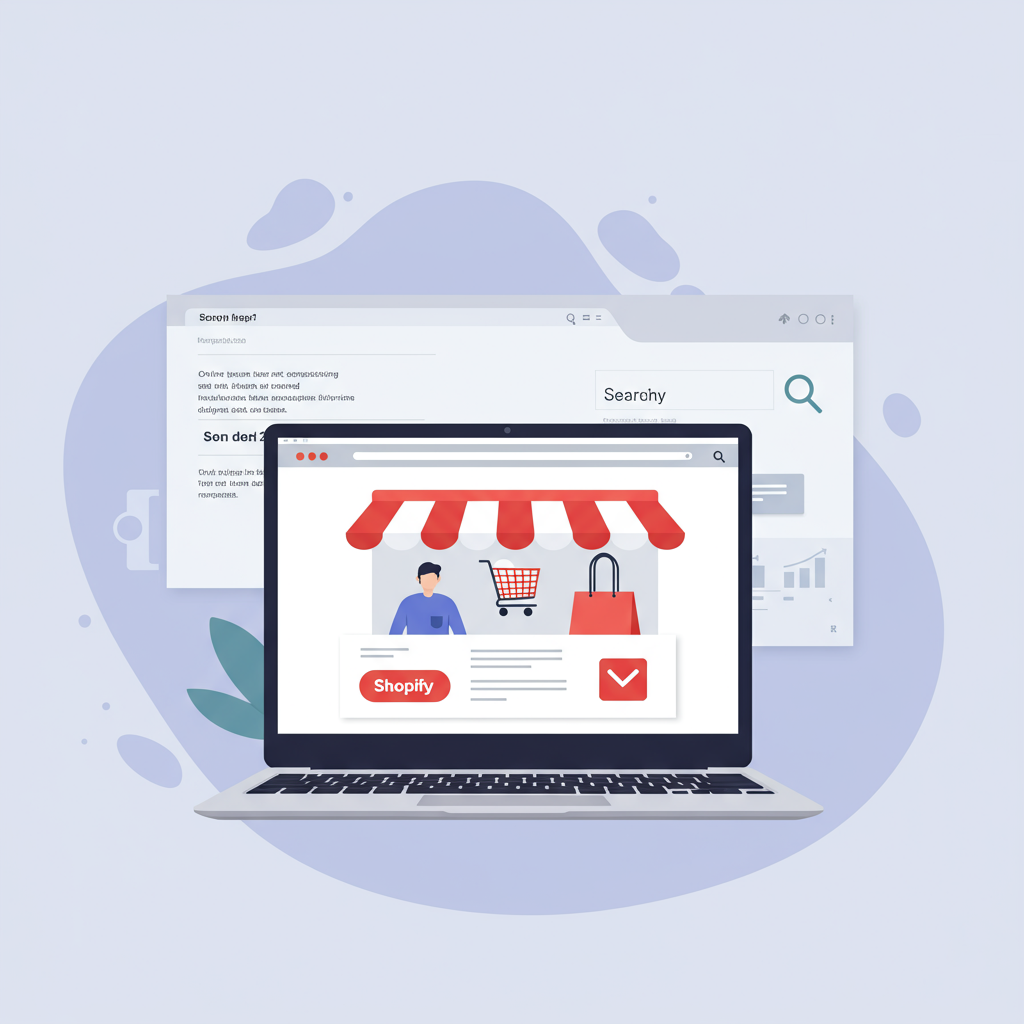A comprehensive guide for merchants to optimize their Shopify store and dominate search rankings.
As a fellow e-commerce enthusiast, I know the thrill of launching a Shopify store. But the real challenge isn’t just setting up shop; it’s getting customers to find you. That’s where Search Engine Optimization, or SEO, becomes your best friend.
For 2025, the landscape of online retail is more competitive than ever. Simply having a beautiful store isn’t enough; you need to rank high on Google, Bing, and other search engines to capture organic traffic.
This comprehensive guide is designed to be your ultimate Shopify SEO checklist for 2025. I’ll walk you through the essential steps I’ve found crucial for driving visibility and sales.
My journey always begins with robust keyword research. This isn’t just about finding popular terms; it’s about understanding what your potential customers are typing into search engines when they’re looking for products like yours.
I use tools like Google Keyword Planner, Ahrefs, or SEMrush to identify high-volume, low-competition keywords. Don’t forget long-tail keywords – these are more specific phrases that often indicate higher purchase intent.
Think about your customer’s pain points and desires. If you sell eco-friendly dog toys, keywords might include ‘sustainable dog chew toys’ or ‘biodegradable pet accessories.’ I always aim for a mix of broad and niche terms.
Once I have my keywords, I meticulously integrate them into my Shopify store’s content. This is where on-page SEO shines, directly impacting how search engines understand your pages.
**Product Pages:** Each product page is a golden opportunity. I ensure my product titles are descriptive and include primary keywords. My product descriptions are rich, unique, and naturally incorporate relevant keywords, focusing on benefits.
I also pay close attention to the URL slugs, making them clean, concise, and keyword-rich. For example, `/products/organic-cotton-baby-onesie` is far better than `/products/item123`.
**Collection Pages:** These pages are often overlooked. I optimize my collection titles and descriptions just like product pages, using keywords that describe the category, such as ‘women’s summer dresses’ or ‘handmade ceramic mugs’.
**Blog Posts:** A blog is an incredible SEO asset. I regularly publish high-quality, informative blog posts related to my niche, targeting specific keywords and answering common customer questions. This builds authority and drives traffic.
**Meta Titles & Descriptions:** These are what appear in search results. I craft compelling meta titles (under 60 characters) and meta descriptions (under 160 characters) for every page, including my primary keyword and a strong call to action.
**Image Optimization:** Images are vital for e-commerce, but they need to be SEO-friendly. I always use descriptive alt text for every image, incorporating keywords where natural. This helps search engines understand the image content and improves accessibility.
Beyond content, the technical foundation of your Shopify store is paramount. Google prioritizes fast, secure, and mobile-friendly websites, and so do I.
**Site Speed:** I regularly check my store’s loading speed using tools like Google PageSpeed Insights. Large images, too many apps, or unoptimized themes can slow things down. I compress images and remove unnecessary apps.
**Mobile-Friendliness:** With most traffic coming from mobile devices, I ensure my Shopify theme is fully responsive. Shopify themes are generally good, but I always double-check how my store looks and functions on various devices.
**Sitemaps:** Shopify automatically generates a sitemap.xml file, which helps search engines crawl your site. I make sure it’s submitted to Google Search Console and Bing Webmaster Tools.
**Structured Data (Schema Markup):** This is crucial for 2025. I implement schema markup (like product schema, review schema) to help search engines understand the context of my content, leading to rich snippets in search results.
**Broken Links & Redirects:** I periodically check for broken links and implement 301 redirects for any old URLs that have changed. This preserves link equity and improves user experience.
My SEO efforts don’t stop on my website. Off-page SEO, primarily through backlinks, signals to search engines that my store is trustworthy and authoritative.
**Backlink Building:** I actively seek high-quality backlinks from reputable websites in my niche. This could involve guest blogging, collaborating with influencers, or getting featured in industry publications.
**Social Media Presence:** While social signals aren’t direct ranking factors, a strong social media presence drives traffic, increases brand awareness, and can lead to natural backlinks. I share my content across relevant platforms.
**Customer Reviews:** Encouraging customer reviews on product pages and third-party sites like Google My Business (if applicable) is vital. Reviews build trust and provide fresh, keyword-rich content.
Google increasingly values user experience. If visitors quickly bounce from my site, it’s a negative signal. I focus on intuitive navigation, clear calls to action, and a seamless checkout process.
I regularly test my user journey, from landing on a product page to completing a purchase, ensuring it’s as smooth and enjoyable as possible. A good UX naturally leads to lower bounce rates and higher conversions.
SEO is an ongoing process, not a one-time task. I constantly monitor my performance using Google Analytics and Google Search Console.
I track organic traffic, keyword rankings, bounce rates, and conversion rates. This data helps me identify what’s working, what’s not, and where I need to adjust my strategy.
Looking ahead to 2025, I’m also keeping a close eye on the role of AI in SEO. AI tools can assist with keyword research, content generation (though human oversight is crucial), and even technical audits. I’m exploring how to leverage these tools to enhance my efforts, not replace them.
Implementing this Shopify SEO checklist for 2025 will undoubtedly put your store in a much stronger position to attract organic traffic and convert visitors into loyal customers. It requires patience and consistent effort, but the rewards are immense.
Remember, SEO is a marathon, not a sprint. Stay updated with algorithm changes, keep optimizing, and always prioritize providing value to your customers.
I’ve shared my best practices and insights with you. Now, I’m curious: What are your biggest SEO challenges or successes with your Shopify store? I’d love to hear your thoughts on this article!






